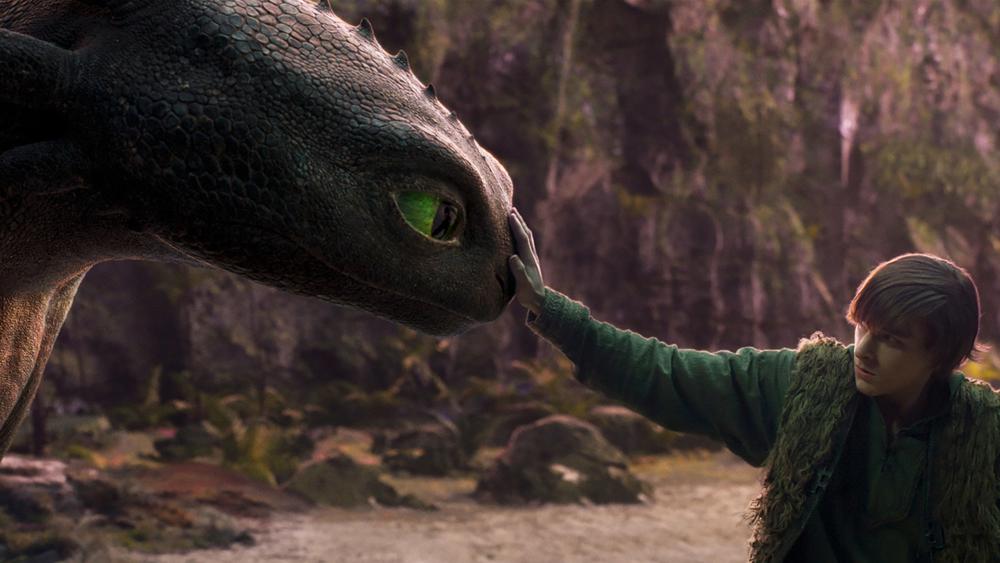Overview
The live-action adaptation of How to Train Your Dragon by DreamWorks has garnered predominantly positive reviews from critics, signaling a promising reception among fans of the original animated classic. Directed by Dean DeBlois, who also helmed the previous installments of the franchise, this latest rendition is noted for its commitment to preserving the original film's narrative while presenting it in a fresh, more tangible format.
Faithfulness to the Original
Critics have emphasized the film's faithfulness to its animated predecessor, maintaining the script almost verbatim. This aspect has been received positively, especially by fans who appreciate seeing the beloved characters and landscapes depicted with realistic visuals. As Tessa Smith from Mama’s Geeky remarked, it sets a high standard for perfect adaptations.
Critics' Responses
Several noteworthy opinions from critics highlight the strengths and weaknesses of this adaptation:
- Britany Murphy described the remake as a "faithful and respectful rendition" that reassures fans of the animated version.
- M.N. Miller noted the remake's "dramatic depth," praising the visual effects that enhance the film's action sequences.
- Tara McNamara asserted it is less of a remake and more of a "relaunch" that offers new opportunities for viewers.
- G. Allen Johnson claimed it might surpass the original in its live-action format.
Changes in Tone
One significant evolution noted in this adaptation is its tonal shift. Critics observed that while the original film had a humorous undertone, the live-action version adopts a more serious approach, focusing on emotional depth. As highlighted by Britany Murphy, this shift mainly reduces humor but works effectively in most parts, aligning with the narrative's dramatic elements.
Visual Effects and Cinematography
An essential aspect of the adaptation's success is its exceptional visual effects. The photorealistic dragons, brought to life with impressive designs, have received high praise:
- The interactions with dragons feel tangible, creating a sensory experience for the audience.
- The cinematography, orchestrated by veteran Bill Pope, has been described as "astonishing" and adds to the film’s immersive quality.
- Mason Thames as Hiccup has been commended for his strong performance, effectively conveying a range of emotions.
Child-Friendly Elements
This new adaptation has been noted for its appeal to younger audiences, raising questions about its humor becoming more suitable for children as per the evaluation by Lovia Gyarkye. As the dragons look more real, the thrilling and slight frightening factor has increased, making it accessible for a new generation of fans.
Conclusion and Future Outlook
While opinions are varied regarding the need for live-action adaptations of animated classics, this version of How to Train Your Dragon is positioned as a bright spot amidst a sea of remakes. Not necessarily essential, it succeeds in recreating the charm of the beloved story while providing enough thrilling content to captivate new viewers.
Release Date
The film is set to open in theaters on June 13, 2025, marking a significant date for fans eagerly anticipating this adaptation.
Bias Analysis
Key Questions About This Article




